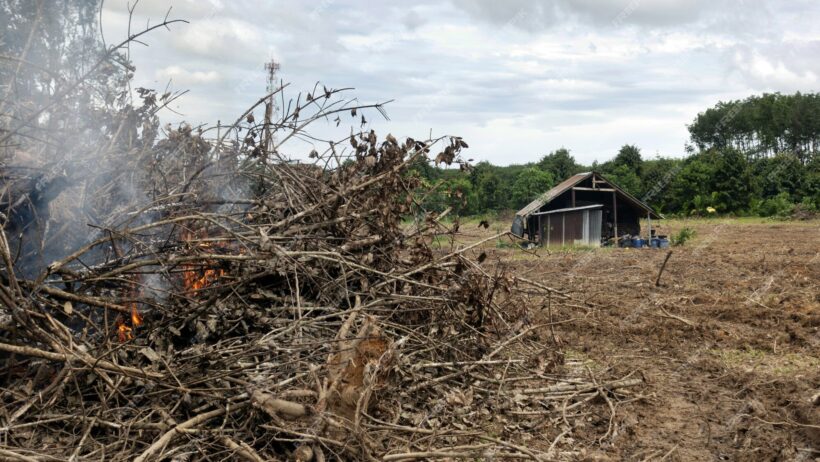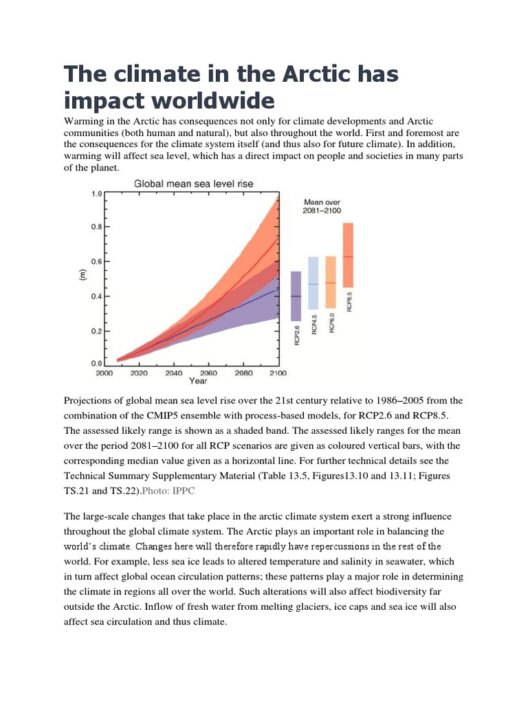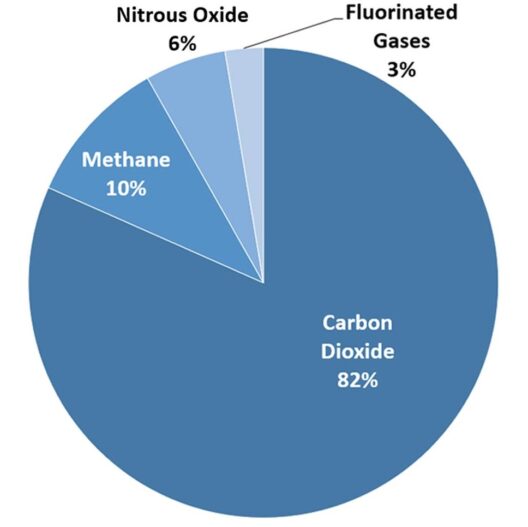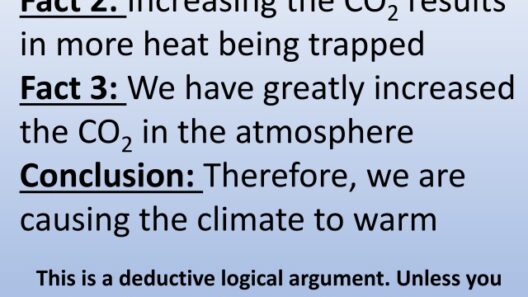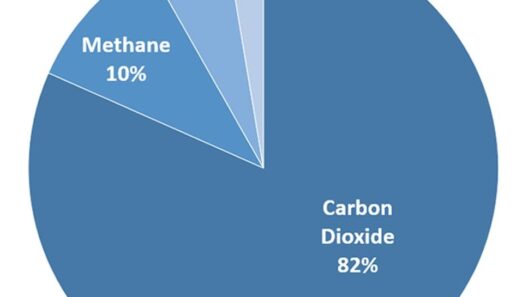Burning trees and rainforests remains a pressing challenge in the fight against global warming. This act, often perceived as a mere byproduct of deforestation or agricultural expansion, masks a far more insidious reality. The phenomenon of burning vast swathes of vegetation not only exacerbates global warming but also undermines efforts to mitigate its significant impacts. To comprehend the intricate relationship between combustion of trees and climate change, it is paramount to unravel the ecological and atmospheric processes involved.
At the most fundamental level, trees and rainforests serve as pivotal carbon sinks, capturing carbon dioxide (CO2) from the atmosphere and storing it as biomass. When forests are burned, this stored carbon is released back into the atmosphere in the form of CO2, contributing to the greenhouse effect. This process occurs rapidly, resulting in a pronounced spike in atmospheric CO2 levels, which in turn amplifies the global warming scenario.
Beyond the immediate release of carbon, one must consider the lingering effects of losing entire ecosystems. Forests play a crucial role in regulating the Earth’s climate. They help to moderate temperatures, maintain humidity, and stabilize water cycles by facilitating transpiration—the process by which moisture is released from plant leaves into the atmosphere. When trees are removed through burning, this hydrological cycle is disrupted, leading to alterations in local climate patterns. The resultant changes can exacerbate droughts or cause more intense rainfall in different regions, further destabilizing ecosystems.
Moreover, the destruction of rainforests incurs a cascading effect on biodiversity. These forests are home to over half of the planet’s terrestrial species. The burning of trees leads to habitat loss, pushing numerous species toward extinction. The decline in biodiversity weakens ecosystem resilience, making it harder for natural systems to adapt to changing climate conditions. This loss of resilience means that ecosystems can no longer effectively sequester carbon, further fueling the cycle of climate change.
Additionally, the practice of slash-and-burn agriculture, particularly prevalent in tropical regions, exacerbates the situation. This method, whereby vegetation is cleared through burning, creates an immediate surge of CO2 emissions. While proponents argue that it can lead to short-term agricultural gains, the long-term environmental ramifications are profoundly detrimental. Continuous burning cycles reduce soil fertility, necessitating further deforestation to sustain agricultural output—a vicious circle that perpetuates emissions and erodes ecological integrity.
There is also a socio-economic dimension to this issue. Many Indigenous communities depend on forests for their livelihoods, culture, and spirituality. The indiscriminate burning of forests not only threatens their way of life but also undermines their role in safeguarding these ecosystems. Indigenous peoples have long practiced sustainable land stewardship, understanding the intricate balance required to maintain healthy forests. Their displacement often leads to ill-advised industrial practices, resulting in further deforestation and greenhouse gas emissions.
This environmental dilemma is compounded by political and economic motivations. Forests are often viewed as readily available resources for industrial expansion, urban development, and agricultural production. Governments may prioritize economic growth over environmental preservation, resulting in policies that foster deforestation. Without stringent regulations and enforcement against illegal logging and unsustainable land use, the burning of trees remains a persistent threat.
It’s essential to recognize the cumulative impact of burning on a global scale. In regions such as the Amazon Basin, annual forest fires have become alarmingly common—often ignited intentionally to clear land. The sheer magnitude of CO2 emissions from these fires can contribute significantly to planetary warming. A single catastrophic fire can release more carbon than many nations produce in an entire year, illustrating that the destruction of a few hectares of forest equates to a substantial burden on the global climate.
Furthermore, as climate change continues to evolve, the paradox emerges: as temperatures rise, the likelihood and severity of forest fires increase. Drier conditions and prolonged heatwaves create a cauldron for ignition, turning once-stable ecosystems into tinderboxes. This cyclical relationship between climate change and tree burning creates a feedback loop that is difficult to break, making it imperative to address both issues concurrently.
A viable approach to mitigate these effects involves an integrated strategy combining reforestation, sustainable land management, and the promotion of alternative livelihoods for communities reliant on forest resources. Restoration of damaged ecosystems can help to absorb CO2, reinvigorating biodiversity and revitalizing the local climate systems. Furthermore, investing in agroforestry and permaculture not only preserves forests but also provides sustainable economic opportunities.
In conclusion, the act of burning trees and rainforests stands as a significant contributor to global warming. The immediate release of carbon, coupled with long-term ecological disruptions, reveals a complex web of interdependencies that make this issue one of the critical battlegrounds in addressing climate change. The ramifications extend beyond mere emissions; they encompass biodiversity loss, socio-economic ramifications, and exacerbated climatic conditions. A concerted effort involving policy reform, community engagement, and innovative land management practices is essential to curtail the unsustainable trajectory of forest burning. The destiny of our planet depends on our ability to rethink our relationship with trees and the ecosystems they embody.



